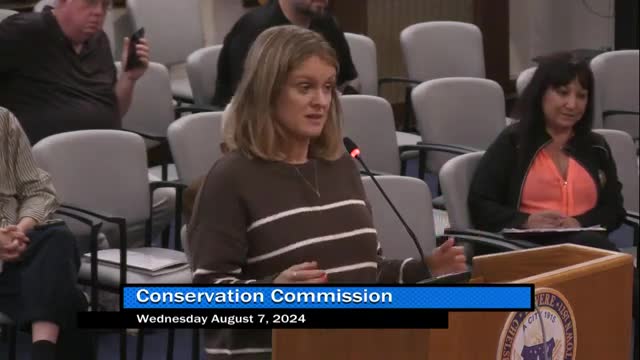Concerns rise over lead contamination during dredging project
August 08, 2024 | Revere City, Suffolk County, Massachusetts
This article was created by AI summarizing key points discussed. AI makes mistakes, so for full details and context, please refer to the video of the full meeting. Please report any errors so we can fix them. Report an error »

Concerns over potential lead contamination dominated discussions at a recent government meeting regarding a dredging project. Experts highlighted the risks associated with disturbing soil that may contain lead, a heavy metal known for its tendency to settle and remain in place. The meeting revealed that previous borings indicated contamination at depths of 21 to 22 inches, while the dredging operation is set to occur at depths of 48 inches.
Participants expressed apprehension that the dredging process could disrupt the soil, potentially allowing lead to migrate further into the surrounding environment. One speaker emphasized the need for a comprehensive backup plan, noting that no deeper drilling has been conducted to assess the environmental impacts below the current boring depths.
Jennifer Doyle from AECOM confirmed that a Licensed Site Professional (LSP) is involved in the project but was not present at the meeting. She committed to ensuring that all concerns raised would be addressed in future discussions, including the possibility of having the LSP attend the next meeting.
Pete Grasso from the Massachusetts Water Resources Authority (MWRA) clarified that the dredging would not extend into areas where lead contamination was previously identified, specifically near a pump station. However, he acknowledged the importance of monitoring the excavation process to prevent any potential migration of lead into residential areas or waterways.
The MWRA plans to implement dewatering and soil sampling during the excavation to detect any contamination. Grasso assured attendees that if lead is found, it would be disposed of in accordance with regulations. He also mentioned that conditions could be placed on the work to ensure constant monitoring of the site.
As the project moves forward, stakeholders remain vigilant about the environmental implications, particularly regarding the management of lead contamination and its potential impact on local communities and ecosystems.
Participants expressed apprehension that the dredging process could disrupt the soil, potentially allowing lead to migrate further into the surrounding environment. One speaker emphasized the need for a comprehensive backup plan, noting that no deeper drilling has been conducted to assess the environmental impacts below the current boring depths.
Jennifer Doyle from AECOM confirmed that a Licensed Site Professional (LSP) is involved in the project but was not present at the meeting. She committed to ensuring that all concerns raised would be addressed in future discussions, including the possibility of having the LSP attend the next meeting.
Pete Grasso from the Massachusetts Water Resources Authority (MWRA) clarified that the dredging would not extend into areas where lead contamination was previously identified, specifically near a pump station. However, he acknowledged the importance of monitoring the excavation process to prevent any potential migration of lead into residential areas or waterways.
The MWRA plans to implement dewatering and soil sampling during the excavation to detect any contamination. Grasso assured attendees that if lead is found, it would be disposed of in accordance with regulations. He also mentioned that conditions could be placed on the work to ensure constant monitoring of the site.
As the project moves forward, stakeholders remain vigilant about the environmental implications, particularly regarding the management of lead contamination and its potential impact on local communities and ecosystems.
View full meeting
This article is based on a recent meeting—watch the full video and explore the complete transcript for deeper insights into the discussion.
View full meeting
